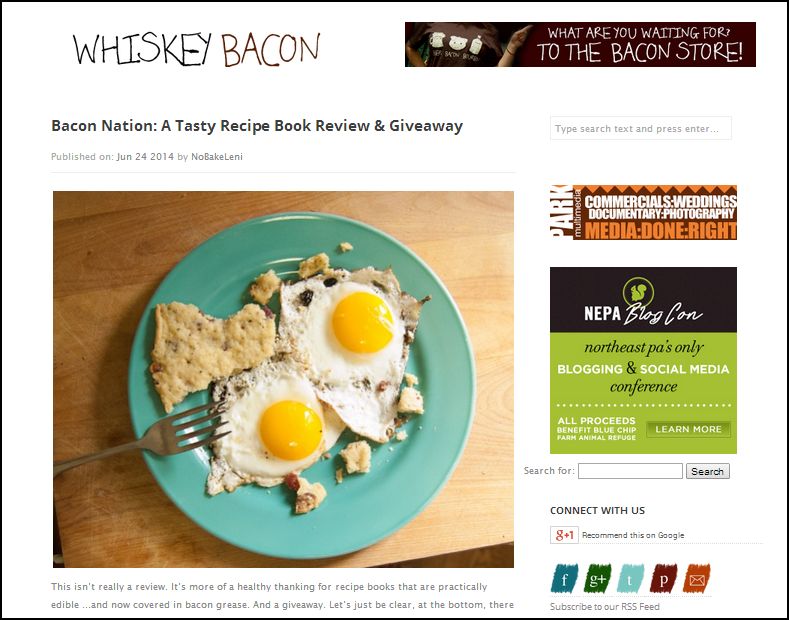It was my great pleasure to interview my long-time friend and former colleague, Leni Konstas. We worked together at Solid Cactus, an eCommerce firm in Northeast PA (NEPA) for several years, and during that time, she founded the food blog, Whiskey Bacon.
Just as many of my previous posts focus on informal learning that occurs outside of the classroom, Whiskey Bacon encompasses a growing community of online and offline followers, in hot pursuit of good food and good times.
To this day, Leni uses Web 2.0 tools as a means of marketing her site and interacting with her fanbase. Just as Jennifer Louden once said, “some of the world’s most masterful marketers are, first and foremost, master teachers” – we see several parallels emerge throughout the podcast.
During the course of the interview, Leni highlights the ability of the social web to connecting with people who have similar interests, and to expand beyond geographic limitations, effectively creating a Whiskey Beacon. The transparency that is provided, helps facilitate content creation that reaches multiple audiences over different channels demonstrating the social elements and informal group learning.
Recognizing successes from influencers such as Amanda Palmer, we realize the value in encouraging on-site interactions, as opposed to those that occur within Facebook, as such endeavors require a significant investment of time to maintain, as the Facebook algorithm has the ability to change the effectiveness of the platform.
Much like educators in this field, not every tool will be right for you, so it is important to evaluate your efforts, and realizing the limitations of your channels. Always be experimenting, not only with platforms, but also with the messaging.
By placing emphasis on legitimacy, Leni alludes to finding your voice in order to create a very personalized experience for your audience. In doing this, it is possible to lead the community through a shared, and already existing appreciation for the craft of food and drink.
While online interactions may be effective, events in real life still have a major place in spreading awareness and creating an increased sense of belonging. Through Whiskey Bacon’s Traveling Circus, groups of people have the opportunity to meet up and support local restaurants along the way, building something much bigger than any one member.
One of the greatest takeaways from this interview was that you should always be a student, and always keep absorbing from those you personally respond to. When you take this approach, you will be able to adapt what you learned and apply it in a way that works for you.
*This podcast was created through Audacity, by recording a Google Hangout. Though I was impressed with the functionality of the software and quality of the recording, my only complaint is that it is obvious the interview was conducted remotely. In the future, I would rather record a podcast in person, in order to eliminate any variance in the final cut.


